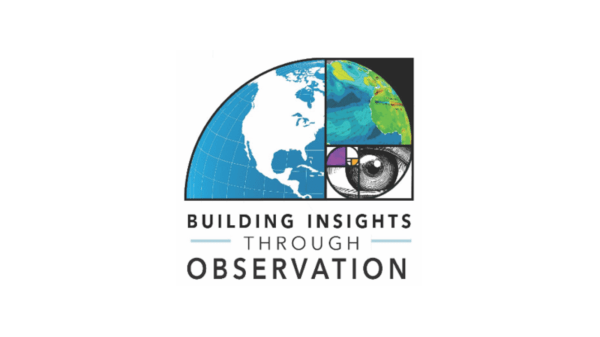Building Insights Through Observation: New Resources and Toolbox to Support Data Literacy in Middle School Science

BIO integrates science content with geospatial data visualizations and has been field-tested with teachers nationwide. Our adaptive digital toolbox provides an overview, step-by-step implementation, tested lesson plans, and a wealth of resources. Designed for Earth and Environmental Science topics, BIO supports differentiation, flexible pacing, and student-driven sensemaking.
Building Insights through Observation (BIO) is a project funded by the National Science Foundation, designed to advance our understanding of how science teachers can learn to incorporate arts-based teaching methods and visualizations of authentic science data into their pedagogical practices in order to improve students’ data literacy and critical thinking skills.
Data literacy is essential for youth to navigate our complex world. To foster these skills, we developed Building Insights through Observation (BIO)—a hands-on, arts-based model for middle school science classrooms.
Explore the BIO Toolbox
It includes an overview, step-by-step implementation guides, tested lesson plans, and resources to support its use in Earth and Environmental Science classrooms. We’d love your feedback—let us know if you try it!
Upcoming Opportunities to Learn More:
- Science Scope Article (March/April Issue)—Read about BIO in a peer-reviewed journal: Access Article
- NSTA Conference (March 29, Philadelphia, PA)—Join us for:
- How the Arts Improve Teaching and Learning of Data Literacy (8:45 AM, Room 109A)
- Supporting Sensemaking by BIO—Hands-on workshop (11:40 AM, Room 122A)
- BIO Teacher Training Webinar (April 9, 6:00-7:00 PM ET)—Register here: BIO Webinar Registration
Any questions? Feel free to reach out to Kate Semmens (Nurture Nature Center) at ksemmens@nnc.org, Jessica Sickler (J Sickler Consulting) at jessica@jsickler.net, or Hilary Peddicord (NOAA Science On a Sphere) at hilary.peddicord@noaa.gov.



Comments
Thanks for sharing these resources! The BIO toolbox is a great fit for E-STEM classrooms—it encourages students to explore environmental data through both scientific and creative lenses. I love how it supports data literacy in a way that feels accessible and student-driven, especially for middle school learners. These kinds of interdisciplinary tools are so valuable for helping students make meaningful connections between observation, analysis, and real-world environmental issues. Looking forward to hearing how others might incorporate this into their E-STEM programs!